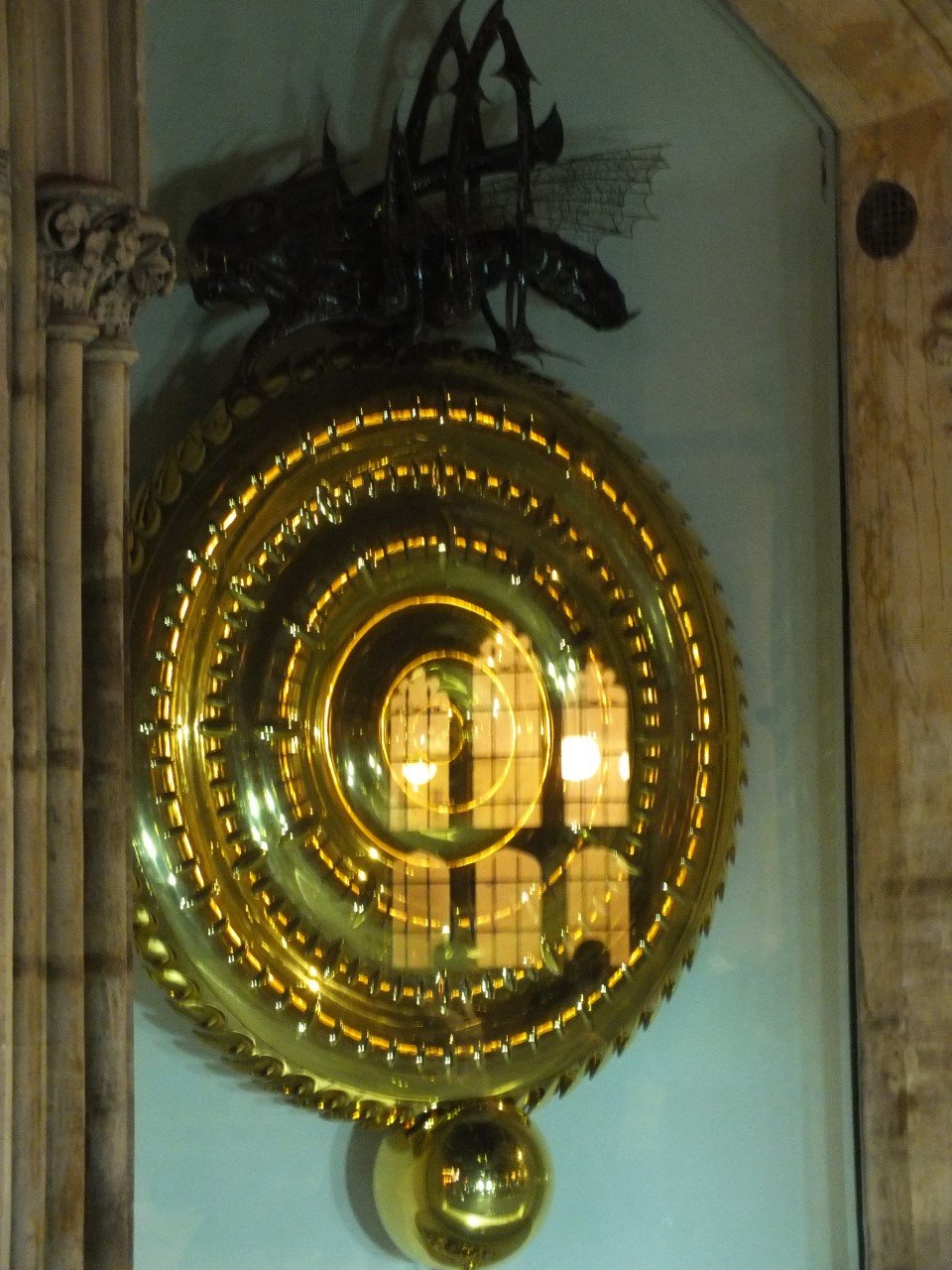Time
The Corpus Christi Clock
Image credit: Samantha Wilson
Our inner time-keepers
Confocal microscopy image of a developing fruit fly brain showing the neural stem cells in various colours, each corresponding to the presence of a different protein. Each protein can alter gene expression to tell the neural stem cell what type of neuron to become.
-
Tick tock…. goes the clock but its time is a little off!
Find the number of strikes per hour that this clock is accurate!
-
The Clock in front of you is not very good at telling the time accurately! Can you find out how many times an hour it is correct? (Hint: have a look for a sign to find your answer!).
*This answer is a number (not text).
“The universe doesn't allow perfection.”
— Stephen Hawkin, A Brief History of Time



